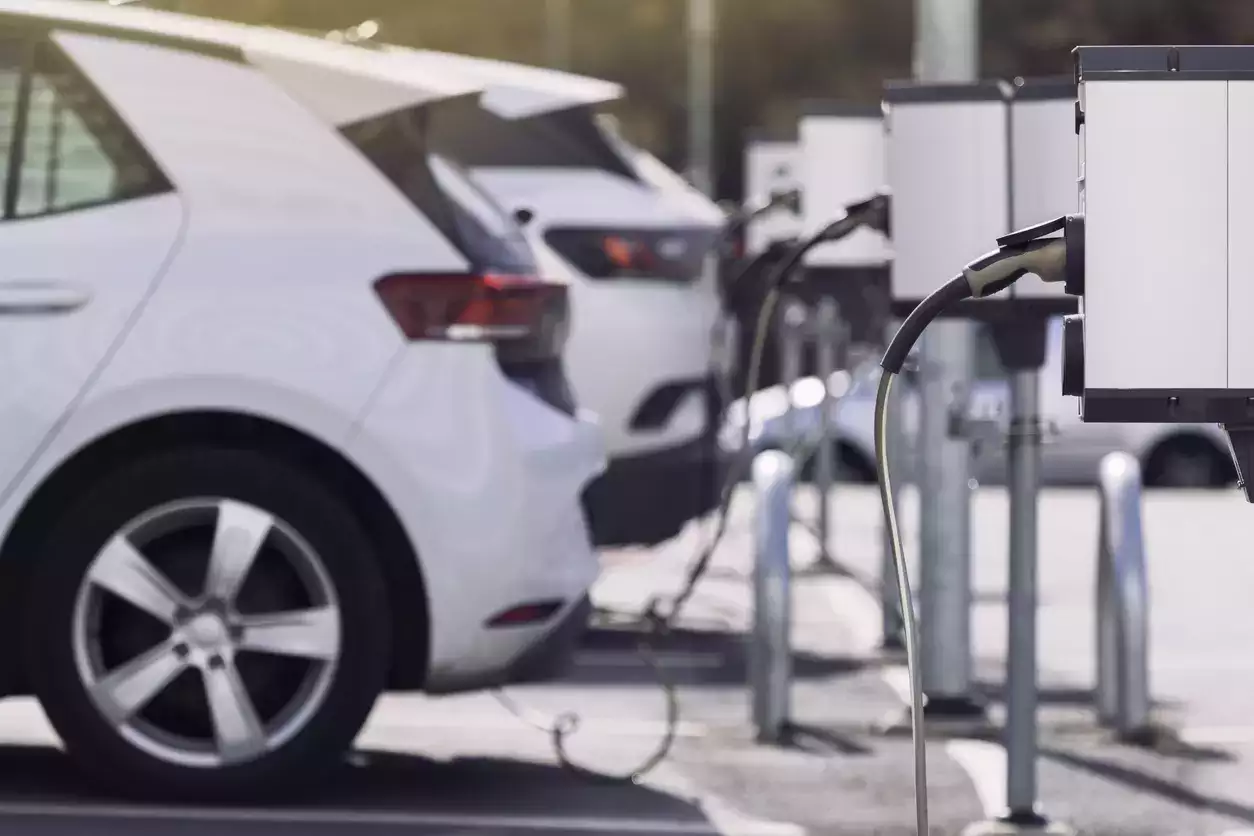
Today, the EV penetration in India stands at a crucial juncture and the Union Budget 2024-25 has also outlined the establishment of a Critical Mineral Mission and announced the complete exemption of 25 critical minerals and rare earth elements from custom duties to eliminate the dependence on other countries to a certain extent and will reduce the overall cost of production as the step will ease out the burden on manufacturers. An amount of INR 2, 671.33 crore has been allocated for the FAME (Faster Adopting and Manufacturing of Hybrid and Electric Vehicles). The push towards cleaner, alternative fuels will further shape a greener, more efficient automotive landscape, positioning India as a leader in sustainable transportation.
Scenario of sustainable energy infrastructure for EVs in India
India has positioned itself as an energy surplus nation from an energy deficit one. The transformation has been possible because of the strategic policy initiatives laid out by the government, the development of energy infrastructure and the diversification of energy resources. With these developments, India is not only meeting its domestic energy demand but also emerging as a potential exporter of energy. To manage the growing demand for EVs, India has also started investing heavily in smart grid technologies. These technologies are mitigating the challenges of substantial transmission, distribution losses and global warming.
By 2030, India aims to achieve 500 GW of renewable energy capacity and this clean energy from bio-power, solar power, small hydropower, waste-to-energy and wind power will provide a thrust to EV charging stations thereby making India’s energy transportation ecosystem more sustainable.
Roadblocks in building sustainable infrastructure for EV
Building a sustainable energy infrastructure is essential as it underscores the need for zero emissions and powering a safer future. But, to build a robust EV infrastructure some challenges need to be addressed. India currently has 12,146 public EV charging stations for its over 1 billion population and this represents a significant infrastructure gap. This would in turn slow down the nationwide adoption of EVs, especially in the far-flung areas where the penetration of EV charging is spare or non-existent.
To overcome this challenge, charging stations need to be integrated, wherein there should be fast-charging stations for long journeys and slower, cheaper options for overnight charging. The charging stations should be located in strategic locations in big cities, on highways and in rural areas so that it can lighten the nervousness of EV drivers and encourage others to switch to this eco-friendly mode of travel. Another major roadblock is ensuring the capacity and stability of these smart grids.
Once the adoption of EV would increase, the power demand would also go up. If these smart grids are not maintained properly, then there will be blackouts. To mitigate that, timely grid maintenance and modernisation are essential. These measures will help balance the supply and demand of electricity, accommodate the fluctuating load from EV charging, and integrate renewable energy sources more efficiently.
Sustainability in the infrastructure development
Sustainability in infrastructure development for tier 2 and 3 cities is more than just a necessity; it is imperative to ensure a balanced and equitable future. Adopting sustainable strategies becomes crucial as these cities rapidly expand, often with limited resources and infrastructure.
Comprehensive urban planning is essential, where master plans integrate land use, transportation, and environmental considerations, ensuring that growth is both efficient and responsible. Public transportation systems, such as buses and non-motorized transport options, should be prioritized to reduce the reliance on private vehicles, alleviate traffic congestion, and lower pollution levels. Integrating energy-efficient building practices and renewable energy sources, like solar and wind, is beneficial and essential, particularly in public buildings and community spaces.
Water management through rainwater harvesting and wastewater recycling can alleviate the stress on municipal water supplies and promote conservation. Waste management strategies need to be enhanced with strict segregation policies and the development of local recycling and composting facilities. Green infrastructure, including expanding urban green spaces and implementing sustainable drainage systems, will improve urban biodiversity and resilience to climate change.
Adopting smart city technologies, such as IoT sensors for resource management and e-governance platforms, can streamline city management and enhance citizen participation. However, these efforts will only succeed if accompanied by strong community engagement, awareness campaigns, and policies that ensure affordable, sustainable housing. By focusing on these strategies, tier 2 and 3 cities can manage their growth sustainably and set a model for future urban development, ensuring a higher quality of life for their residents while safeguarding the environment.
Disclaimer: The copyright of this article belongs to the original author. Reposting this article is solely for the purpose of information dissemination and does not constitute any investment advice. If there is any infringement, please contact us immediately. We will make corrections or deletions as necessary. Thank you.





